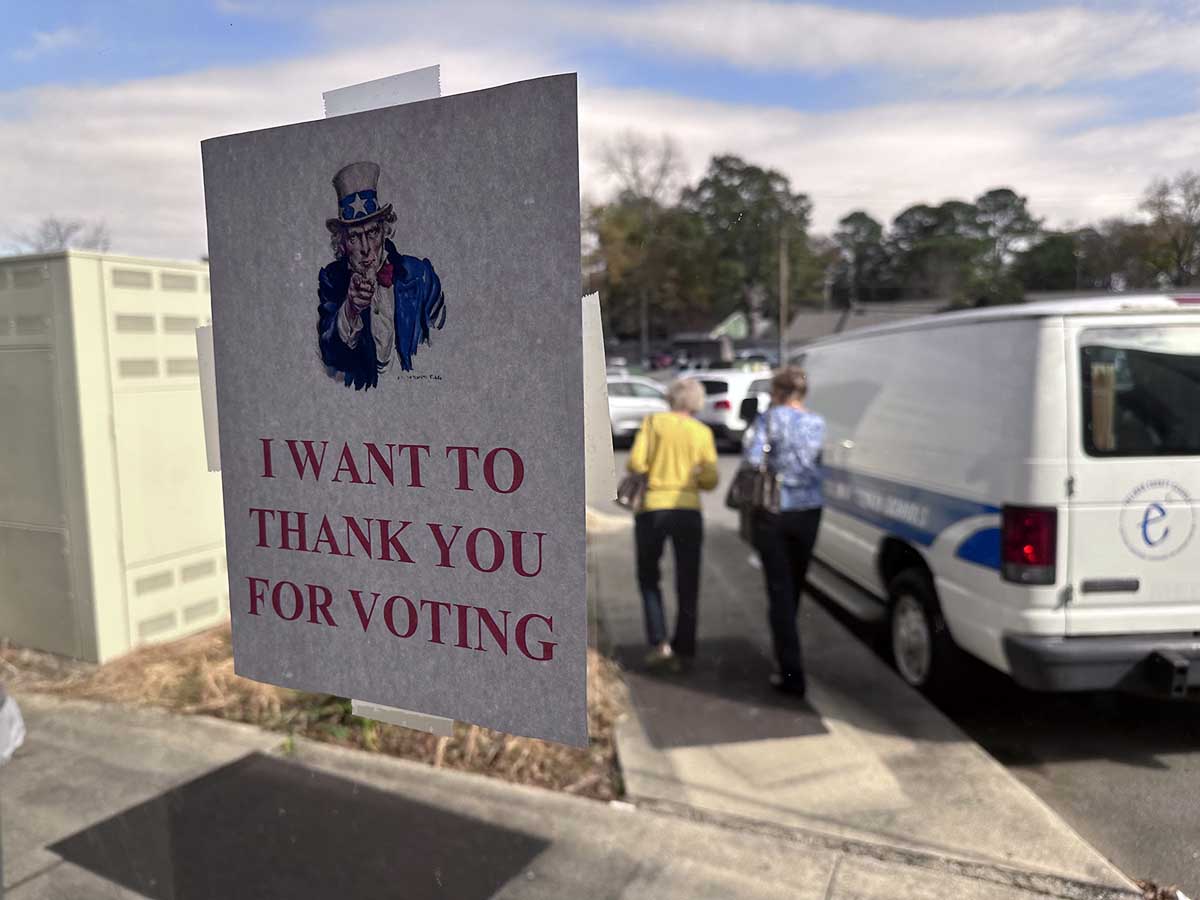Editorial: Sell high, buy higher is unsound policy
Published 12:00 am Saturday, October 8, 2022
Oil prices rose this week on news that the Organization of the Petroleum Exporting Countries and its allies may agree on Wednesday to cut production. The Saudis and Russia are underscoring the folly of President Biden’s limits on oil and gas production, and his non-emergency release of oil from the national petroleum stockpile.
A couple of months ago Biden sojourned to Saudi Arabia to beg the Crown Prince for help containing surging U.S. gasoline prices. Now it looks like the meeting was worse than unproductive. Reports said OPEC and its allies including Russia would consider slashing their production targets by a million barrels a day.
Trending
Analysts estimate this would lift crude prices to about $100 a barrel from the $80 to $90 range of the last month. OPEC countries may be seeking to boost their budgets to cope with rising food prices and the strong dollar. But the timing couldn’t be worse for Biden and Democrats in Congress.
The administration has released 200 million barrels or so from the Strategic Petroleum Reserve during the past year and about 1 million barrels a day in recent months. These drawdowns were scheduled to end this month, but the administration recently extended the releases into November, no doubt worried that a taper would increase gasoline prices before the midterm election.
But oil traders aren’t naifs. They know the releases will soon end and the administration will also have to start refilling the reserve, which is at its lowest level since 1984. Much of the oil that remains can’t be efficiently processed by U.S. refiners. So if there were a true national emergency — say, a cyber attack on a major oil pipeline — the U.S. might not have enough inventory to keep supply flowing.
To refill the reserve, the administration may soon have to buy oil at a higher price than it has been selling it. Sell high and buy higher wasn’t supposed to be the strategy, Mr. President. A smarter strategy to reduce U.S. energy prices would have been to encourage more domestic production.
A new study by the Committee to Unleash Prosperity estimates that the U.S. would be producing between 2 and 3 million more barrels of oil a day and between 20 and 25 more billion cubic feet of natural gas if the Trump Administration’s policies had continued. Economists Casey Mulligan and Steve Moore say the Biden Administration’s anti-oil-and-gas policies are costing the U.S. economy $100 billion a year.
Producers normally respond to rising prices by raising output. That was true in the past in the U.S., especially from 2016 to 2019 when production increased by about 3 million barrels a day. But U.S. producers haven’t responded to higher prices during the Biden presidency as much as those in other countries, including Russia, Canada and Norway.
Trending
Pioneer Natural Resources CEO Scott Sheffield last month estimated that U.S. oil production will likely grow by a mere half a million barrels a day this year and perhaps even less in 2023. So even though oil prices have been about 50% higher under Joe Biden than under Donald Trump, production growth is about 50% lower.
Democrats blame oil drillers for prioritizing profits over production, but companies must consider the long-term return on investment. The Biden policies have created substantial regulatory uncertainty, raised production costs and directed capital to green energy.
If gasoline prices rise before the November election, the administration has its own policies to blame.





